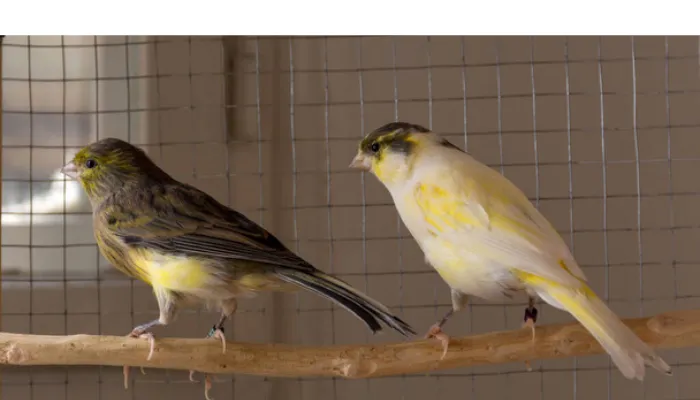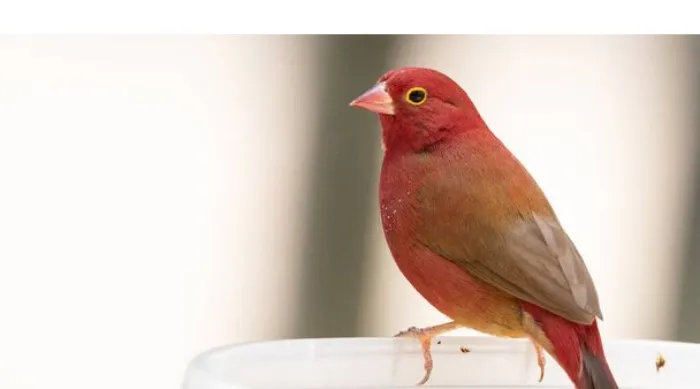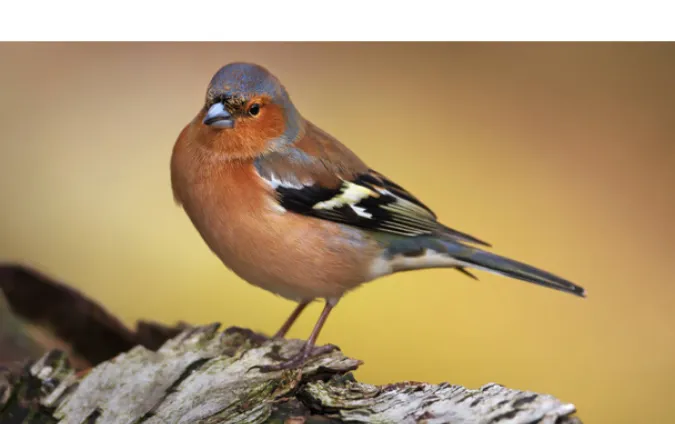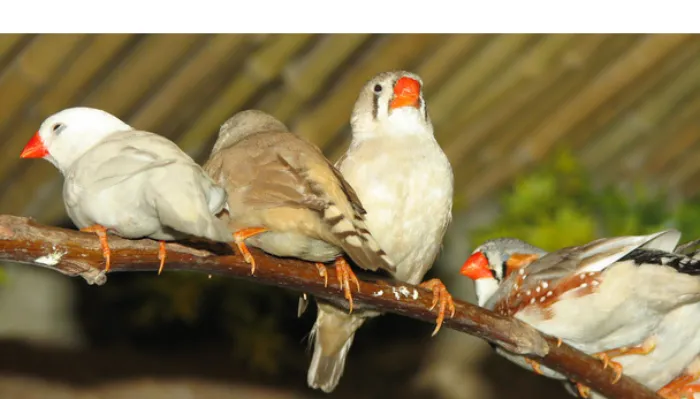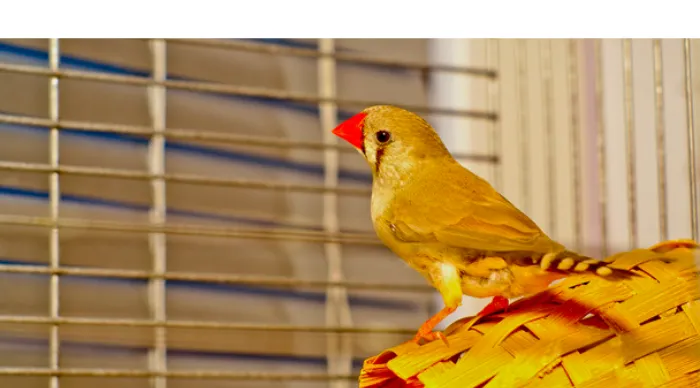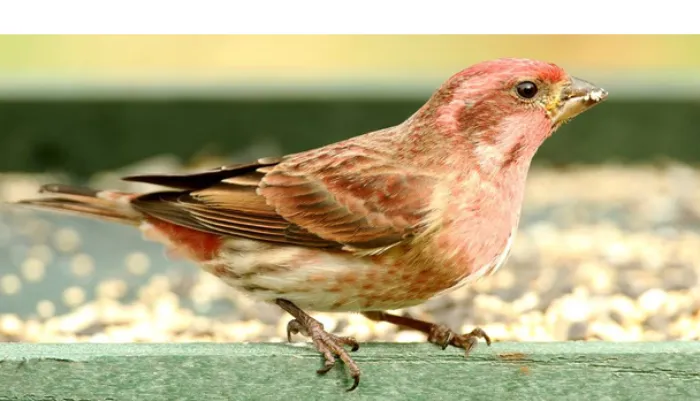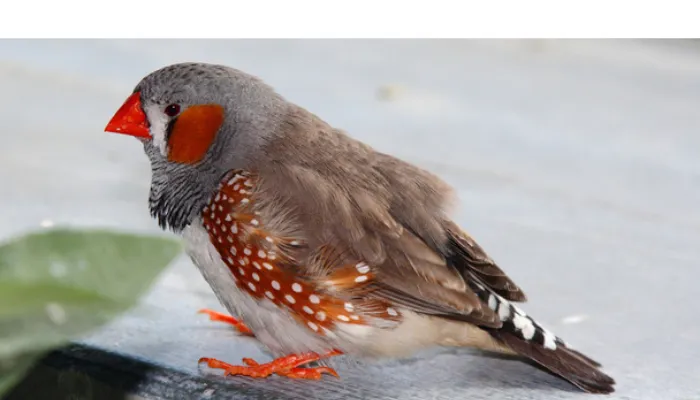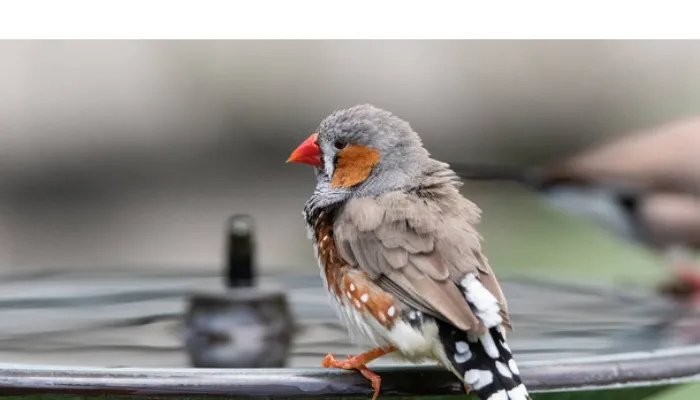If you’re a bird lover, a pet owner, or even just a casual bird watcher, you may have found yourself pondering the question: Finch vs Canary—what’s the difference?
Whether you’re considering adopting one of these avian friends, or simply trying to identify the chirping critters in your backyard, knowing the distinctions between these two bird species is essential.
In this comprehensive guide, we’ll delve into the unique characteristics of each bird, their habitats, and what makes them tick, to help you make an informed decision or enrich your knowledge.
Quick Answer: Comparison Chart
A straightforward chart is sometimes the best way to break down complex differences and similarities. Here’s a side-by-side comparison of finches and canaries.
| Feature | Finch | Canary |
|---|---|---|
| Lifespan | 7-10 years | 10-15 years |
| Social Behavior | Prefers company, usually in pairs or groups | More independent, often content alone |
| Song and Vocalization | Complex and varied | Clear and melodious |
| Color Variations | Many different color patterns | Usually yellow, but also white and orange |
| Diet | Seeds, fruits, and insects | Seeds, greens, and occasional fruit |
| Cage Size | Larger to allow for flying | Smaller, but with toys and perches |
| Health Issues | Respiratory problems, parasites | Canary pox, mites, respiratory problems |
What Is a Finch?
Brief Overview
A finch is a small to medium-sized bird belonging to the family Fringillidae. These birds are known for their strong, conical beaks designed for eating seeds.
There are a variety of finch species, each with its own distinct set of markings, songs, and behaviors.
Common Traits
Finches usually have colorful plumage that can range from subdued browns to vibrant reds, yellows, and even blues. Their songs are often simple but melodious, making them a treat to listen to.
Most finches have a diet primarily consisting of seeds, fruits, and sometimes insects.
Where They Thrive
Finches are highly adaptable birds that can be found in a wide range of habitats, from forests and grasslands to suburban gardens. They’re especially prevalent in North America, Europe, and parts of Africa and Asia.
Is a Finch a Wild Canary?
No, a finch is not a wild canary. Although they may look similar and even share the same family, they are distinct species with their own unique traits and behaviors.
What Is a Canary?
Brief Overview
A canary is a small bird from the genus Serinus, within the family Fringillidae—yep, the same family as finches. Known for their vibrant yellow plumage and exceptional singing ability, canaries have been popular pets since the 17th century.
The canary is native to the Canary Islands, hence the name, but they’ve spread all over the world, especially as domestic pets.
Common Traits
Canaries stand out for their brilliant colors, which can vary from traditional yellow to red, orange, and even white or green in some cases. Males are typically more colorful and are renowned for their singing abilities, especially during the mating season.
Their diet mainly consists of seeds, fruits, and occasionally insects.
Where They Thrive
These birds are highly adaptable but are most commonly found as domestic pets rather than in the wild. Their original habitat in the Canary Islands included various elevations and ecological zones, making them pretty flexible when it comes to living conditions.
What Are The Main Differences Between a Finch and a Canary
Here are the seven (7) key differences between the two;
Difference 1: Vocalization
When it comes to the vocal abilities of finches and canaries, you’ll find some clear differences. Finches usually have a more straightforward, chirpy song.
It’s lovely, no doubt, but a canary is your go-to if you’re into a bird that can perform vocal gymnastics.
Male canaries, especially, are known for their complex and melodic songs, which are often used to attract mates.
Some canary breeds have even been developed specifically for their singing prowess; people sometimes enter them in singing competitions. Yep, you read that right—bird singing contests are a thing!
Is a Yellow Finch the Same as a Canary?
Nope, they’re not the same. While a yellow finch may share the same vibrant hue as a canary, their vocalization is noticeably different. Yellow finches have a more basic song than a canary’s intricate tunes.
Difference 2: Appearance
While both finches and canaries belong to the same family, Fringillidae, their appearances can be quite distinct. Let’s break it down.
Plumage
Finches come in a wider range of colors, from subdued browns and greys to more vibrant reds, blues, and yellows. Some species even have beautiful patterns, making them visually striking.
Canaries are most commonly known for their brilliant yellow plumage, although breeding has produced varieties in orange, red, and even white or green.
Size and Build
Canaries are generally a bit larger than most finches, with a fuller, more rounded body. Finches are more streamlined, often with a more slender build that makes them agile flyers.
This makes them super fun to watch as they flit around their environment.
Beak Structure
Finches have a strong, conical beak designed for cracking seeds. Canaries also have a strong beak but it’s generally more slender and pointed, better adapted for pecking at finer seeds and fruits.
Difference 3: Natural Habitat
When it comes to natural habitat, finches and canaries have their own preferred stomping grounds. Let’s dive into the environments these birds call home.
Finches
Finches are truly versatile creatures when it comes to their living environments. They can be found in a wide range of habitats, from dense forests to open grasslands and even in urban gardens.
In North America, species like the house finch are common, even in bustling cities.
Canaries
Originally native to the Canary Islands, the Madeira and Azores archipelagos, canaries have been bred as domestic pets for hundreds of years.
As such, you’re less likely to find them in the wild and more likely to see them happily perched in a cage or aviary.
Domestic vs. Wild
While both birds can be kept as pets, finches are far more common in the wild, particularly in North America and Europe. Canaries, on the other hand, are primarily seen in domestic settings.
Adaptability
Both birds adapt to their environment but differ in their natural habitats. If you’re a bird-watching enthusiast, your best bet for spotting a variety of finches would be in diverse settings, from forests to your own backyard!
You might have to stick to pet shops or specialized aviaries for canaries.
Difference 4: Diet
If you’re thinking of keeping either a finch or a canary as a pet, it’s essential to know what they like to eat. Believe me, a well-fed bird is a happy bird!
Finches
Finches are primarily seed eaters, but their diet doesn’t stop there. They also enjoy fruits, veggies, and even some insects. They’re not particularly fussy eaters, which makes them relatively easy to care for.
Canaries
Canaries also enjoy seeds, but they have a more specialized diet. Apart from seeds like millet and canary seed, they enjoy a variety of fruits and leafy greens.
Some canary owners even offer egg food, a mix of hard-boiled eggs and bread, for added protein.
Nutritional Needs
While both birds primarily consume seeds, it’s important to supplement their diets with other nutritional offerings. Vitamins, minerals, and a small number of insects can be beneficial.
Is a Finch a Wild Canary?
No, a finch is not a wild canary. While they might share some dietary similarities, their nutritional needs and feeding habits are different.
Difference 5: Lifespan and Health
Regarding lifespan and health, both finches and canaries have specific requirements and life expectancies. Knowing these can help you better plan for long-term care if you’re considering one of these birds as a pet.
Lifespan
Finches can live up to 7–10 years, depending on the species and care they receive. With proper care, canaries typically have a longer lifespan, ranging from 10 to 15 years.
So, if you’re looking for a companion for the long haul, a canary might be a better fit.
Common Health Issues
Both finches and canaries are susceptible to respiratory problems, but canaries are more prone to certain conditions like “canary pox” and mites.
Regular vet check-ups and a clean living environment can help mitigate these risks.
Exercise and Stimulation
Both bird types benefit from mental and physical stimulation. Finches are more active and enjoy flying around their cage, so they require more space.
Canaries are generally content with less room but appreciate toys and perches that encourage activity.
What is the Difference Between a Canary and a Parakeet?
While we’re on the topic of bird health, it’s worth mentioning that canaries and parakeets are quite different in this regard. Parakeets require a lot more social interaction and mental stimulation to stay healthy, while canaries are more independent.
Difference 6: Social Behavior
Knowing about the social behavior of finches and canaries is key if you’re all about social dynamics—whether you’re throwing a party or simply adding a feathered friend to your home.
Finches
Finches are social birds that enjoy the company of their own kind. Most finch owners recommend keeping them in pairs or small groups.
They interact with each other through chirps, songs, and playful antics, making for some great bird-watching right in your own home.
Canaries
Canaries are more independent and are often content being the sole bird in their environment. In fact, males are known to be territorial and may not get along well with other male canaries.
Interaction with Humans
Finches are generally less interactive with humans and are more like “watchable pets.” Canaries can be tamer and may even enjoy some human interaction, although they’re not as hands-on as some other pet birds.
Can You Put a Canary with a Finch?
Generally, it’s not recommended to house canaries and finches together. Their differing social behaviors could lead to stress or conflict in a shared living space.
Difference 7: Song and Vocalization
Ah, the sweet serenade of birdsong! Whether you’re an early riser or a night owl, the sound your pet bird makes can be music to your ears or not. So let’s talk tunes!
Finches
Finches have a more complex and varied song compared to canaries. Each species has its own unique set of tunes, often comprising a mix of chirps, tweets, and whistles. If you enjoy a symphony of sounds, finches might be your jam.
Canaries
Canaries are renowned for their singing ability, particularly the males. They have a clear, melodious song that can fill a room. Fun fact: Some canary breeds are actually raised specifically for their singing abilities.
Is a Yellow Finch the Same as a Canary?
Nope, a yellow finch is not the same as a canary, even if their color might be similar. Their songs are quite distinct, with canaries often stealing the limelight for their more melodious tunes.
Volume and Frequency
Finches generally sing throughout the day with intermittent breaks, while canaries are more likely to have specific singing periods, usually in the morning or late afternoon.
Conclusion
Whether you’re an avian aficionado or a newbie bird owner, understanding the key differences between these two popular pet birds can help you make a well-informed choice.
From lifespan and diet to social behaviors and melodious tunes, each bird has unique qualities that make it special.
Finches offer complex songs and enjoy the company of their feathered friends, while canaries are known for their rich, melodious voice and are often content flying solo.
Hopefully, this guide has given you all the info you need to make a decision that fits your lifestyle and pet-keeping preferences. And remember, a pet is a long-term commitment that comes with responsibilities. So make sure to weigh your options carefully.
